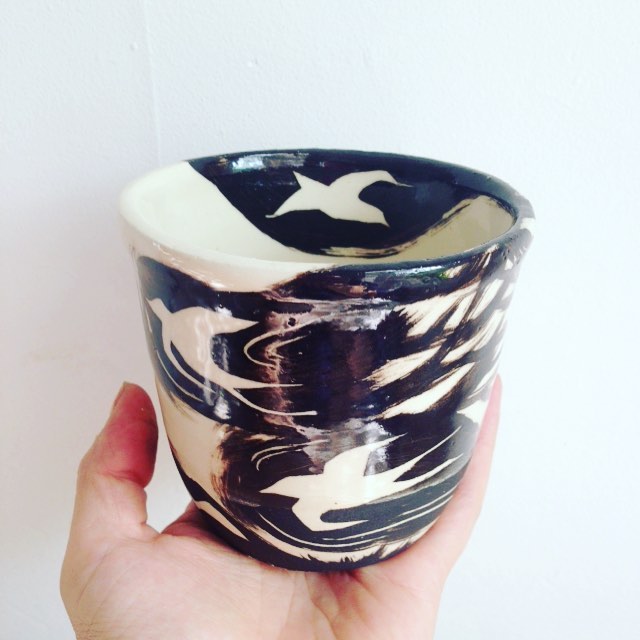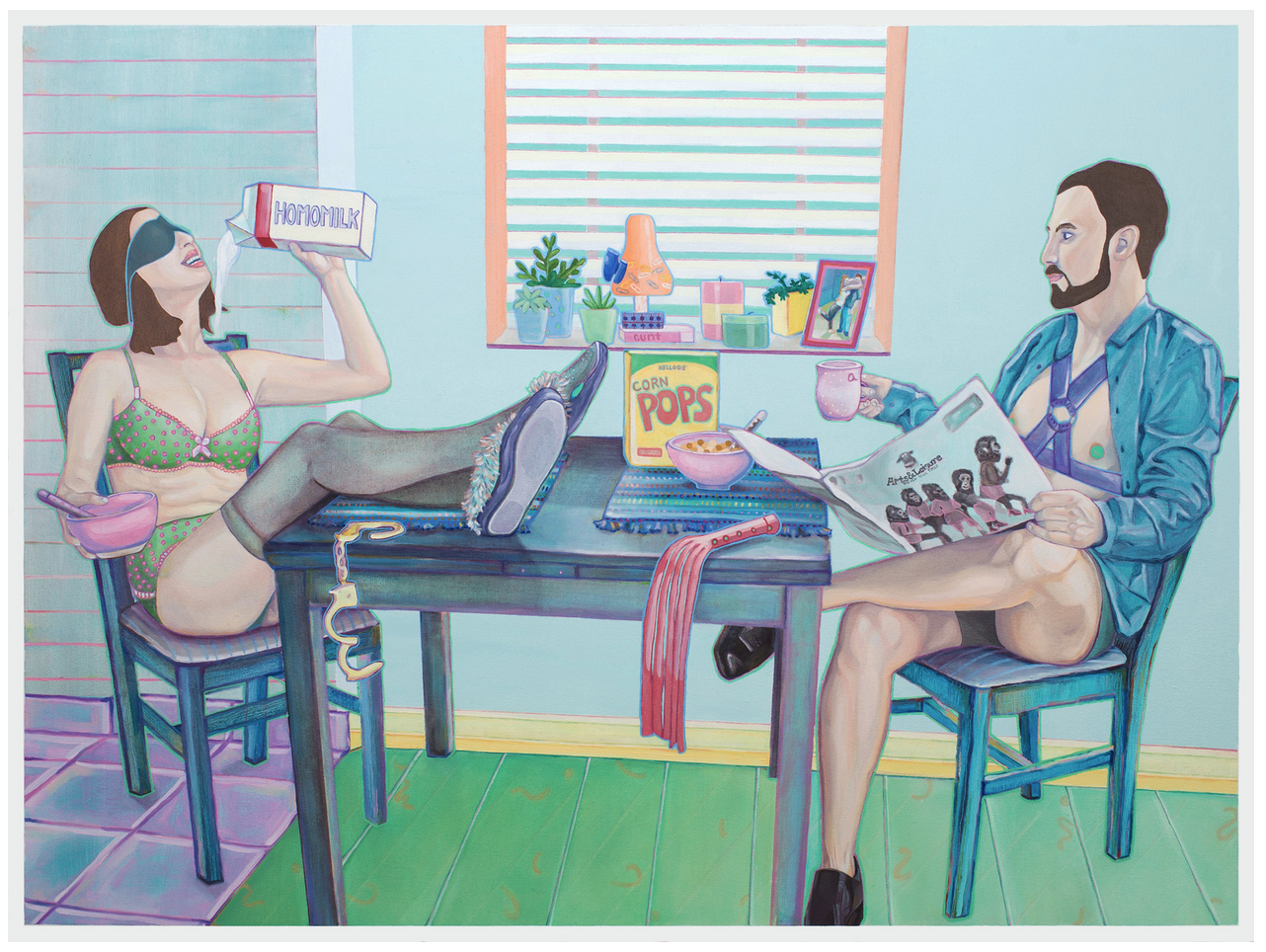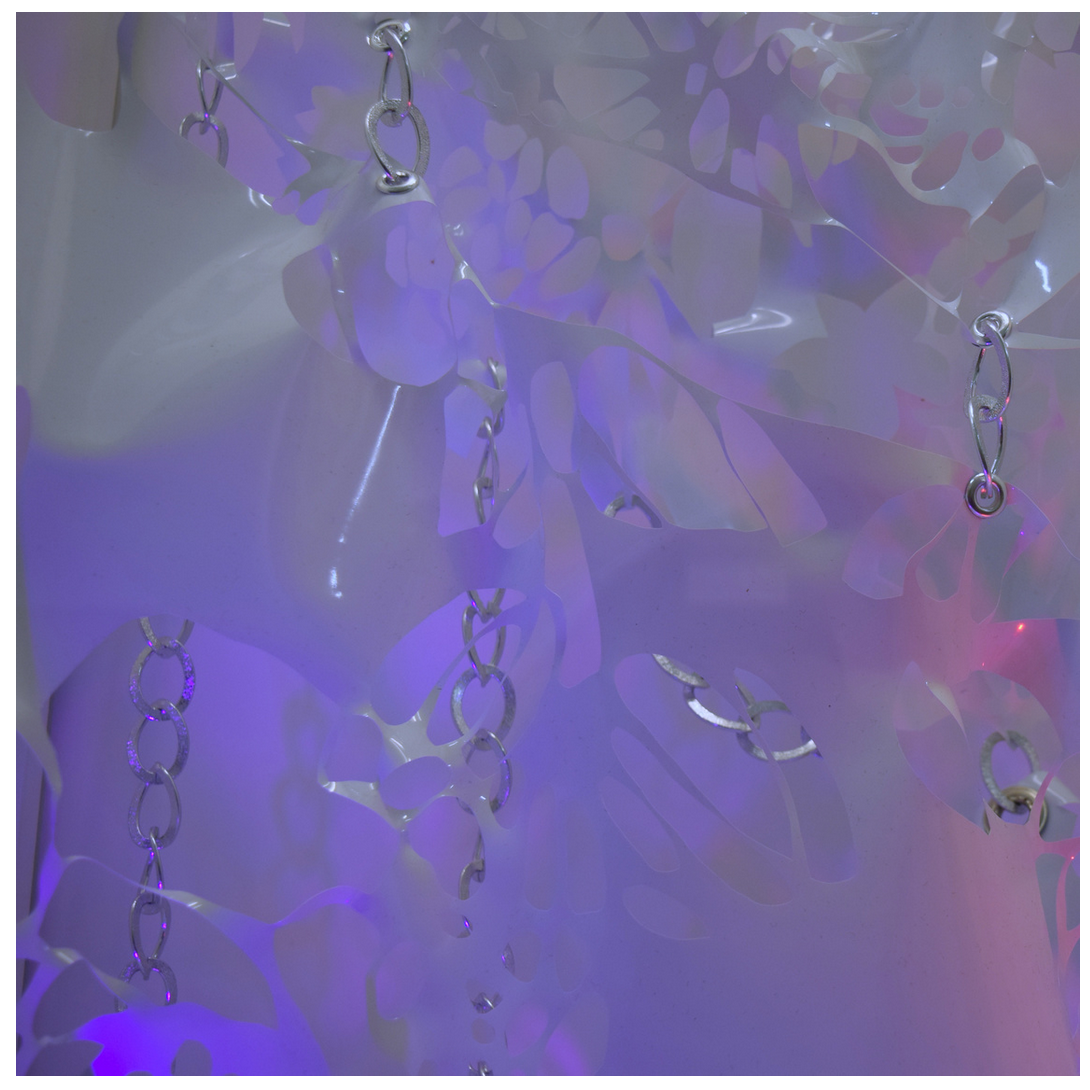Exploring the experimental energy of an era, Toronto: Tributes + Tributaries, 1971-1989 brings together more than 100 works by 65 artists and collectives to highlight an innovative period in Toronto art history. The exhibition is curated by Wanda Nanibush, assistant curator of Canadian and Indigenous art. The title of the exhibition—a reference to the city’s many buried waterways—serves as a visual metaphor for the diversity of the cities art scene and its similarly buried histories. The exhibition will be accompanied by a live performance series, a film and video festival, as well as satellite installations throughout the AGO.
Amidst the social and political upheavals of their time, the generation of artists that emerged in Toronto during the 1970s and 1980s pushed the boundaries of conventional painting, sculpture and photography, exploring new ways of art making including video, installation and performance. This is the first time since the AGO’s reopening in 2008 that many of these seminal works have been on display. Organized thematically and punctuated by references to Toronto and its cityscape, the exhibition highlights the era’s preoccupation with ideas of performance, the body, the image, self portraiture, storytelling, and representation.
Toronto: Tributes + Tributaries, 1971-1989,
September 29, 2016 – May 22, 2017
Contributor and influential photographer June Clark is an Akin Sunrise member. June Clark was born in Harlem, NYC and moved to Toronto in 1968. When she moved to Toronto she used a camera and walked the streets to search for “familiar” images in which to re-live and savour the richness of Harlem she missed. Clark describes it as both the discovery of the unfamiliar and memory of the known that captured her imagination.
Created in 1989, Clark’s Formative Triptych “feels fresh, urgent and, sadly, timely, which it surely was when it was made” (Toronto Star). When asked “Do you feel more in step with the current art scene today than in the late ‘80s?” Clark responded “...I believe that one will always be behind if one is trying to be ‘in step’. Formative Triptych feels new and relevant and that helps me to know that it is successful.”
The late ‘60s and early ‘70s in Toronto, when many activities centred on Bathurst Street (Queen to Dupont), Baldwin Street and Kensington Market. Baldwin Street was where Clark found a family of like-minded women who embraced and helped her develop her photographic skills. They were called the Women’s Photography Co-op. The Baldwin Street Gallery, owned by Laura Jones and John Philips, was a welcoming place to learn and work.
Clark and her peers were able to mobilize across the country on issues that affected artists, like grants, artists’ fees, and jobs, the same issues still affecting artists. Clark says that “at one point I knew roughly 90% of the practicing artists and photographers across the country. I’m not sure this is the case today.”Like most of us Clark believes “that artists do not have a choice but to just do the work and to find ways to make it happen.”

































